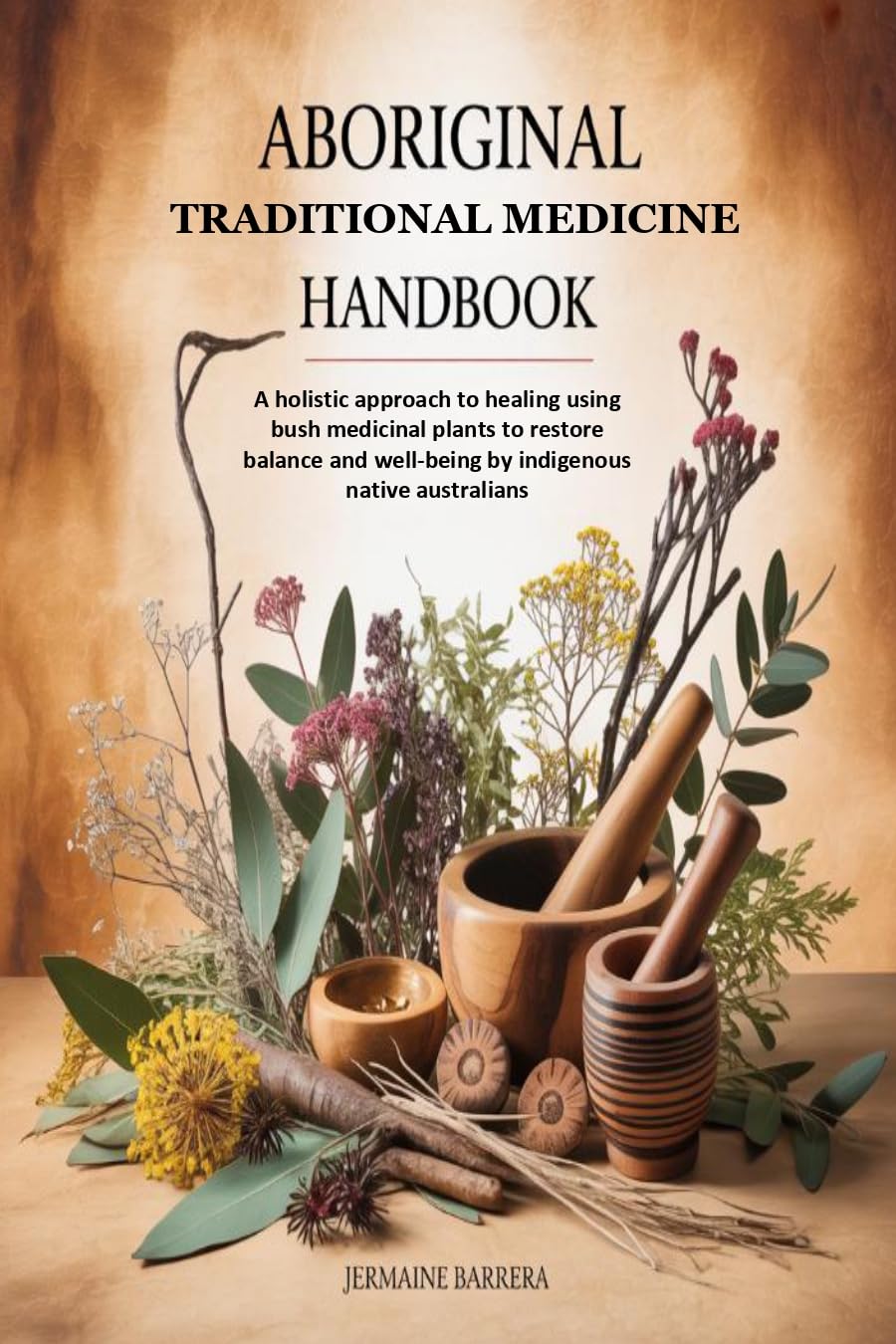For tens of thousands of years, Aboriginal and Torres Strait Islander peoples have practiced one of the world’s oldest continuous systems of medicine. Rooted in deep respect for the land, spirit, and community, Aboriginal traditional medicine is far more than the use of native plants—it is a holistic approach to health that sees the body, mind, spirit, and environment as one interconnected whole.Long before the advent of Western biomedicine, Indigenous Australians skillfully diagnosed and treated physical ailments, emotional distress, and spiritual imbalances using a rich and complex knowledge system passed down through generations. This knowledge was—and still is—encoded in Dreaming stories, sacred rituals, and daily relationships with the land, known affectionately as “Country.” The wisdom of the Elders, the rhythms of the seasons, and the healing properties of bush plants all play a role in restoring harmony and well-being.At the heart of Aboriginal traditional medicine is the understanding that true health is not simply the absence of disease, but the presence of balance—within the self, the family, the spirit world, and the environment. Illness is often seen not as an isolated physical problem, but as a disruption in the social, spiritual, or ecological fabric. Thus, healing involves not just treating symptoms but addressing the root causes—whether emotional trauma, spiritual disconnection, or imbalance with nature.Central to this system are bush medicines—plants and natural substances used for their therapeutic qualities. Leaves, barks, roots, berries, resins, and ashes are carefully harvested, prepared, and applied in specific ways to treat infections, wounds, fevers, digestive problems, and more. These remedies are often used in conjunction with other healing modalities, such as smoking ceremonies for purification, songlines and dances for spiritual alignment, and massage or energy extraction to release blockages in the body.Aboriginal women have also preserved their own sacred healing practices related to fertility, childbirth, menstruation, and menopause—forms of medicine often passed through matrilineal teachings and practiced in women-only spaces known as “women’s business.” Likewise, men engage in initiation rituals and spiritual journeys to foster strength, wisdom, and leadership, guided by cultural law and ancestral responsibility.Today, as interest grows globally in natural healing, traditional Aboriginal medicine is being recognized not only for its effectiveness but also for its profound wisdom and ethical relationship with the Earth. However, this growing awareness must be matched with respect, cultural sensitivity, and protection of Indigenous knowledge systems. The misuse or commercialization of sacred practices without permission—known as cultural appropriation—threatens to undermine the very traditions we seek to learn from.This handbook is a respectful introduction to the principles, practices, and philosophy of Aboriginal traditional healing. It does not claim to be a substitute for lived experience or the guidance of Elders, but rather serves as a bridge—to deepen understanding, inspire curiosity, and encourage responsible collaboration. In honoring these teachings, we take a small but meaningful step toward collective healing—for ourselves, our communities, and the land we share.
save
$2.99Aboriginal Traditional Medicine Handbook: a Holistic Approach to Healing Using Bush Medicinal Plants to Restore Balance and Well-being by Indigenous Native Australians
$0.00$2.99
Discover the wisdom of Aboriginal traditional medicine, a holistic healing approach connecting body, mind, and environment, rooted in culture and nature for true well-being and balance.
| book-author |
|---|









